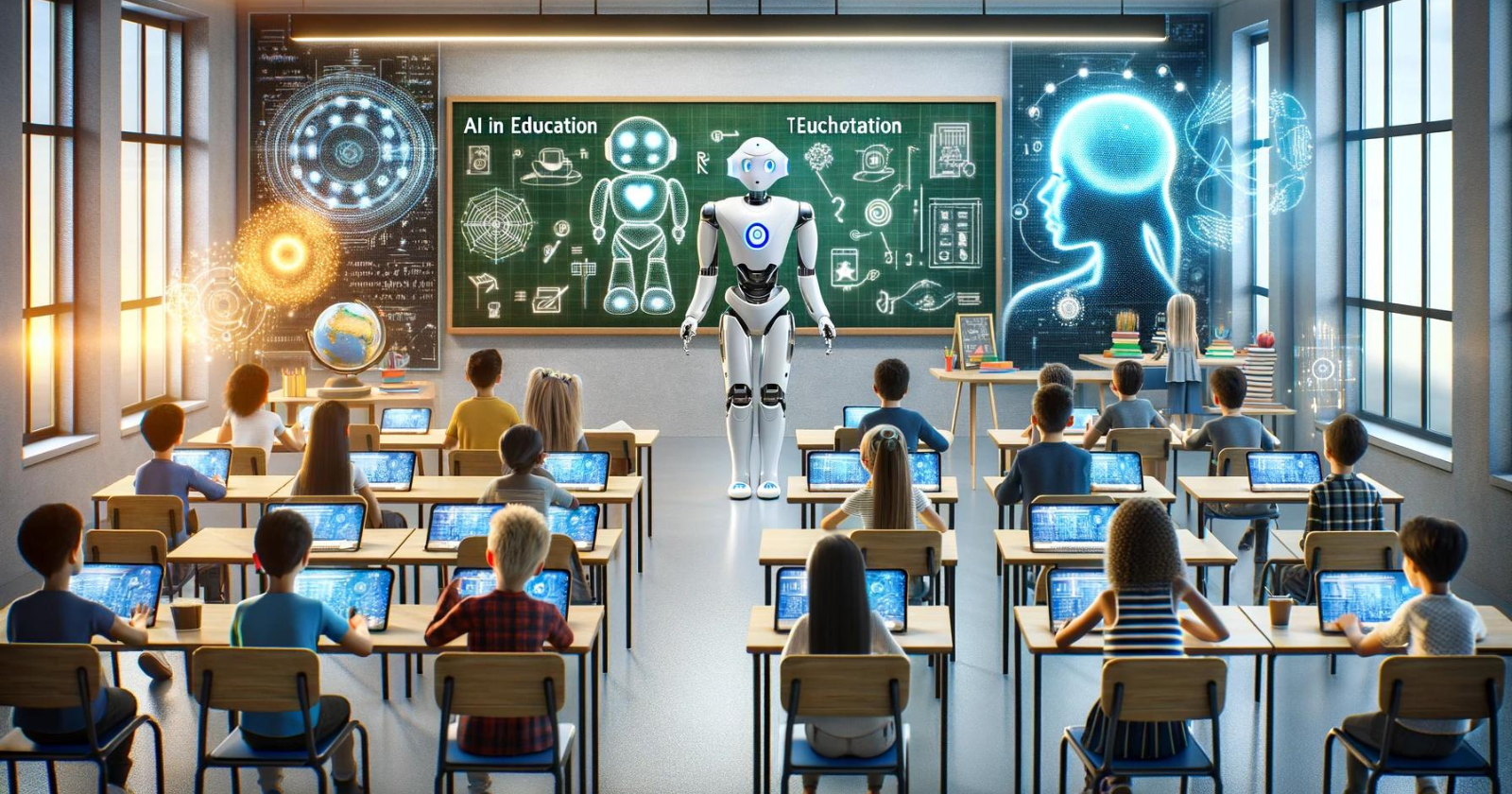AI in Education: Transforming Learning with Technology
Have you ever imagined a classroom where every student gets personalized attention and instruction tailored specifically to their learning style and pace? Welcome to the revolutionary world of AI in education, where such a future is not just a dream but an emerging reality. AI is quietly transforming the landscape of education, reshaping the way you learn, engage with content, and even interact with your teachers and peers.
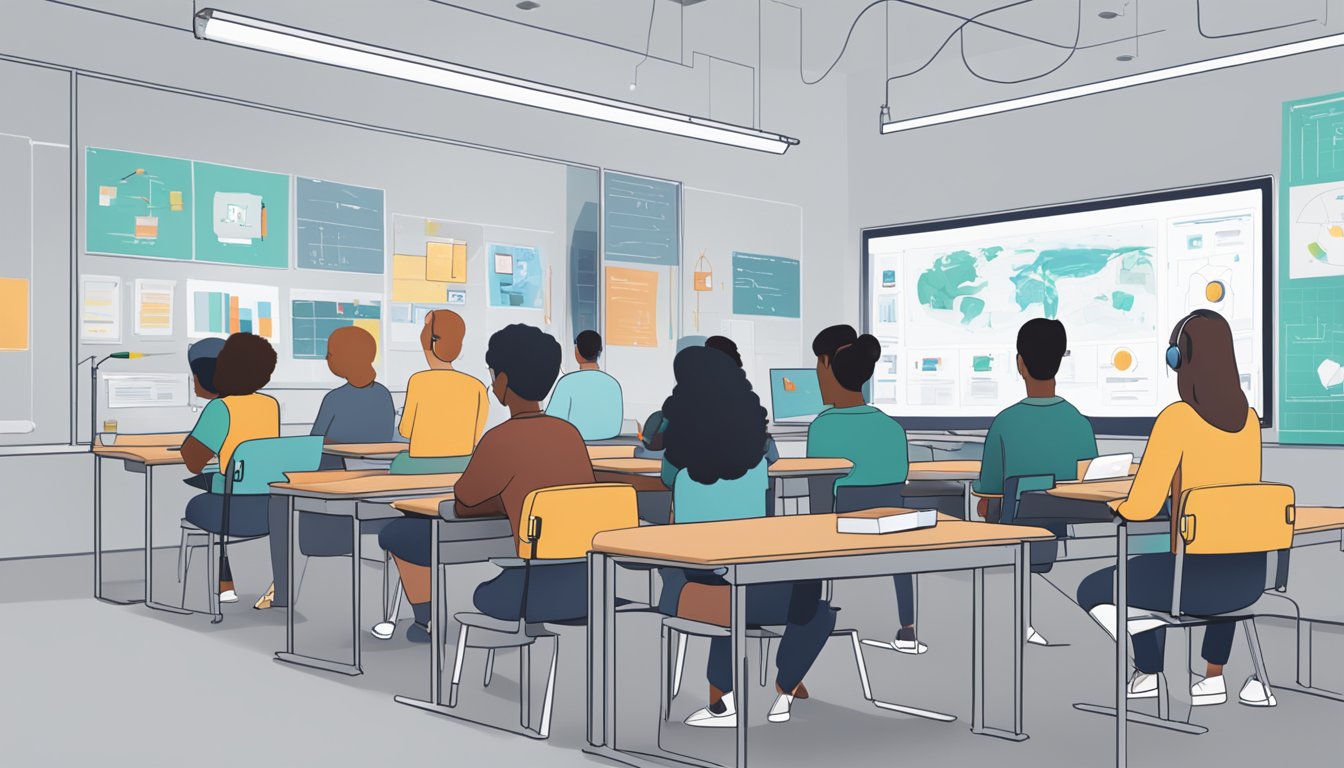
Imagine having a virtual assistant that can help you with homework, suggest resources based on your performance, or offer additional challenges when you’re acing the material. This is where AI steps in, offering a range of tools that support and enhance the educational experience. From personalized support systems that adapt to your learning curve to creative aids that help you think outside the box, AI is making education more engaging and effective.
Now, the impact of AI in education isn’t just about cool tech gadgets or seamless automation; it’s about equity and access. With AI’s help, learning can become a more inclusive experience, bridging gaps and providing high-quality education no matter where you are in the world. Whether through AI-driven programs that assist teachers in curriculum planning or intelligent tutoring systems that give you instant feedback, AI is poised to democratize learning in ways you’ve never seen before.
Understanding AI in Education
Curious about how AI is changing the classroom scene? Let’s peel back the layers and discover why everyone’s buzzing about artificial intelligence in the education sector.
Defining AI and Its Relevance to Learning
Ever wondered, “What exactly is AI?” In a nutshell, artificial intelligence is like the brainpower behind your smartphone’s virtual assistant but supercharged for learning. It’s about creating smart software that can solve problems, adapt, and even think like we do. Now think about AI in the classroom – it’s not just cool, it’s a game-changer! From personalized learning plans to instant feedback, AI technologies are making learning a lot more tailored to your style. Don’t worry, it’s not replacing teachers; it’s more like giving them a super-powered sidekick.
Historical Perspective and Emergence of AI Technologies in Classrooms
Okay, let’s take a quick trip down memory lane. AI in education isn’t brand new. It’s been slowly making its way to the front of the class for a while now, getting smarter and more useful. Remember when calculators were a big deal? Fast forward, and now we’re in an era where AI can help you learn a language, master algebra, or dive into coding. It’s evolving fast, and classrooms worldwide are getting a high-tech boost. Teachers have new tools to track your progress, and with AI, there’s a friendly nudge, ensuring you don’t fall behind. Cool, right?
Engage with these technologies, explore their possibilities, and you might just find yourself on the cutting edge of learning. No more one-size-fits-all education; hello, learning that fits like a glove!
AI Technologies and Teaching Strategies
Have you ever wondered how AI is transforming the classroom? It’s by personalizing learning experiences, providing real-time tutoring, and enhancing teacher efficiency. Let’s dive into how these AI innovations are changing the way you learn and teachers teach!
Adaptive Learning Systems
Adaptive learning systems use AI to tailor educational content to your individual learning pace and style. Think of it as a Netflix for learning, where the next recommended ‘episode’ is a maths problem that suits your current ability level. For example, a platform may offer easier questions if you’re struggling or more challenging ones when you’re breezing through.
Intelligent Tutoring and Support
With intelligent tutoring systems, you get a virtual one-on-one tutor that guides you through complex topics. These AI assistants provide hints, feedback, and even encouragement. Remember that time when you wished for a helper with your algebra homework? That’s exactly what this tech aims to be!
Automation and Augmentation in Teaching
In the realm of automation and augmentation, AI takes on the role of a super-efficient teaching assistant, handling tasks like grading and administrative work. This frees up teachers to focus on what they do best: engaging with students and fostering a dynamic learning environment. Imagine never having to wait more than a minute for your latest essay grade—that’s the power of AI in teaching!
By marrying AI technologies with smart teaching strategies, learning becomes more interactive, personalized, and efficient. Now, isn’t that a lesson worth paying attention to?
Student-Centric AI

Hey there! Ever wondered how AI could tailor your learning experience just for you? Well, you’re in luck because student-centric AI is all about creating that personalized touch in the educational space. It’s like having a digital buddy who knows exactly what you need and when.
Personalized Learning Environments
AI is shaking things up by creating personalized learning environments just for you. Think of it as your educational playlist, where every lesson is a hit track selected to suit your style. It’s not just about going through chapters; it’s about understanding your pace, your strengths, and maybe those mathematics concepts that seem to play hide and seek with your brain. Technologies like AI-powered personalized learning revolutionize engagement by adapting to your individual needs.
- Adaptive Content: Courses that adjust to challenge you just enough.
- Interactive Experiences: Who said learning couldn’t be fun and games? Well, with AI, it’s exactly that!
- Data Analysis: AI keeps an eye on your progress and suggests areas to improve.
AI for Special Needs Education
Imagine a learning environment where no one gets left behind, and everyone gets the help they need; that’s the magic of AI in special needs education. With tailored programs and tools, AI bridges the gap, offering students with disabilities the keys to unlock their full potential.
- Assistive Tools: From speech recognition to visual aids, everything’s designed for inclusivity.
- Tailored Programs: Built just for you because who knows you better than you?
Learner Engagement and Performance Analytics
Want to know how you’re doing in real time? Performance analytics powered by AI don’t just give you scores; they offer insights. With AI, you can get feedback that’s like a high-five when you’re on the right track or a nudge when you’re off-piste.
- Real-time Feedback: Instant input on quizzes and assignments so you can learn on the fly.
- Engagement Tracking: Keeping an eye on what works to keep you in the zone.
AI isn’t just about robots taking over the world; it’s also about making your world a whole lot brighter and your education a whole lot smarter.
Curriculum and Content Development
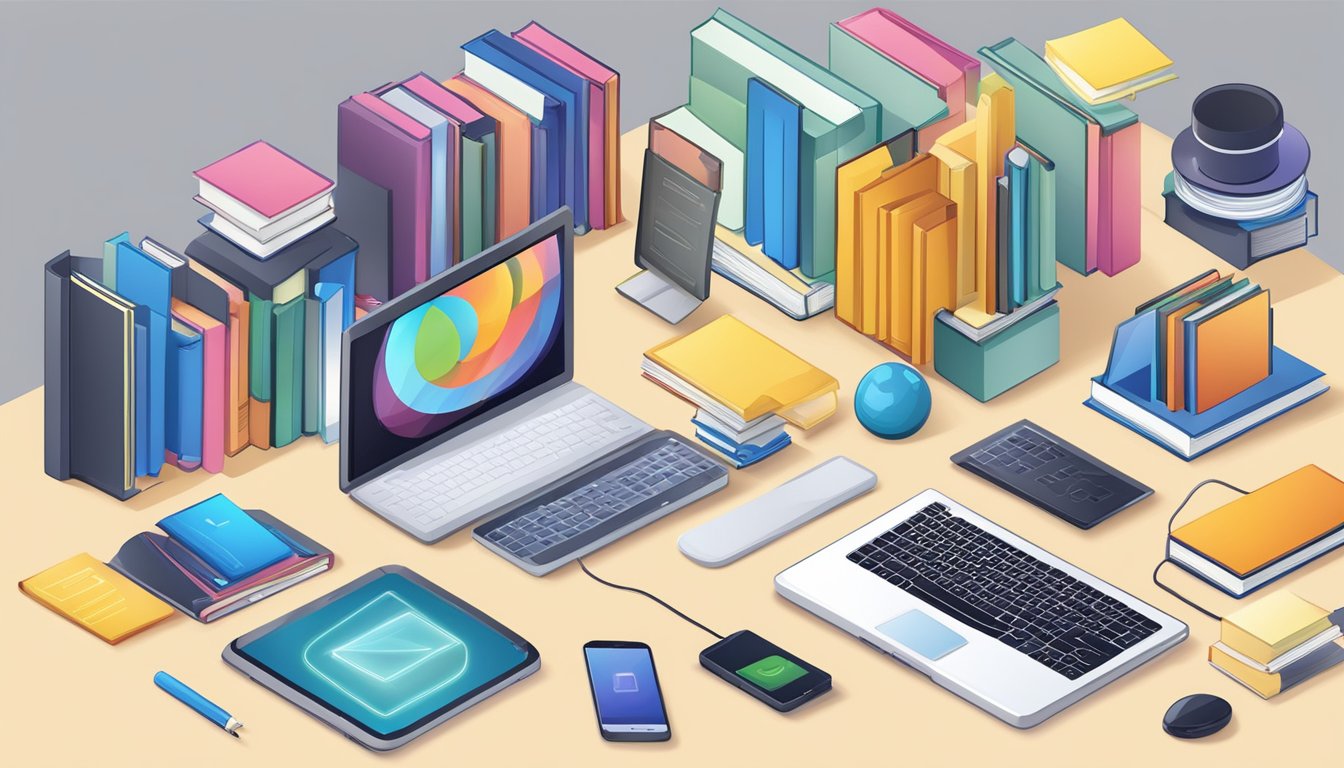
Getting to grips with AI isn’t just cool—it’s absolutely necessary! And when it comes to shaping a stellar curriculum, integrating AI into STEM subjects and using innovative design tools is like adding a turbo boost to the education engine. Let’s see how, shall we?
STEM and AI Integration
Curriculums are evolving, and STEM (Science, Technology, Engineering, and Mathematics) is no exception, especially with the advent of AI integration within these fields. Are your classes getting a futuristic makeover? Well, they should be. Incorporating AI literacy into STEM subjects ensures that you’re not just keeping up; you’re leading the charge. Here’s how you can level up:
- Theory meets practice: The core idea? Weave AI concepts through STEM courses for an immersive, real-world experience.
- Tools for creators: Utilize coding platforms and AI simulations that provide a hands-on approach to understanding algorithms and machine learning processes.
In short, melding AI with STEM equips you with a cutting-edge toolkit for tomorrow’s challenges.
Innovative Tools for Course Design
You’ve got to admit, cookie-cutter content just doesn’t cut it anymore. Enter AI-fueled course design tools, revolutionizing how educational material is constructed. Think personalized learning at your fingertips:
- Smart templates: AI algorithms help create custom content that adapts to learning styles and paces.
- Content Assistants: Robots as teaching assistants? Sort of. AI can help analyze coursework effectiveness and suggest improvements.
Whether you’re crafting a digital textbook or sculpting the perfect module, AI tools like these ensure your content is not just informative, but also incredibly engaging. So, ready to revolutionize your learning journey?
Ethical Considerations and Equity
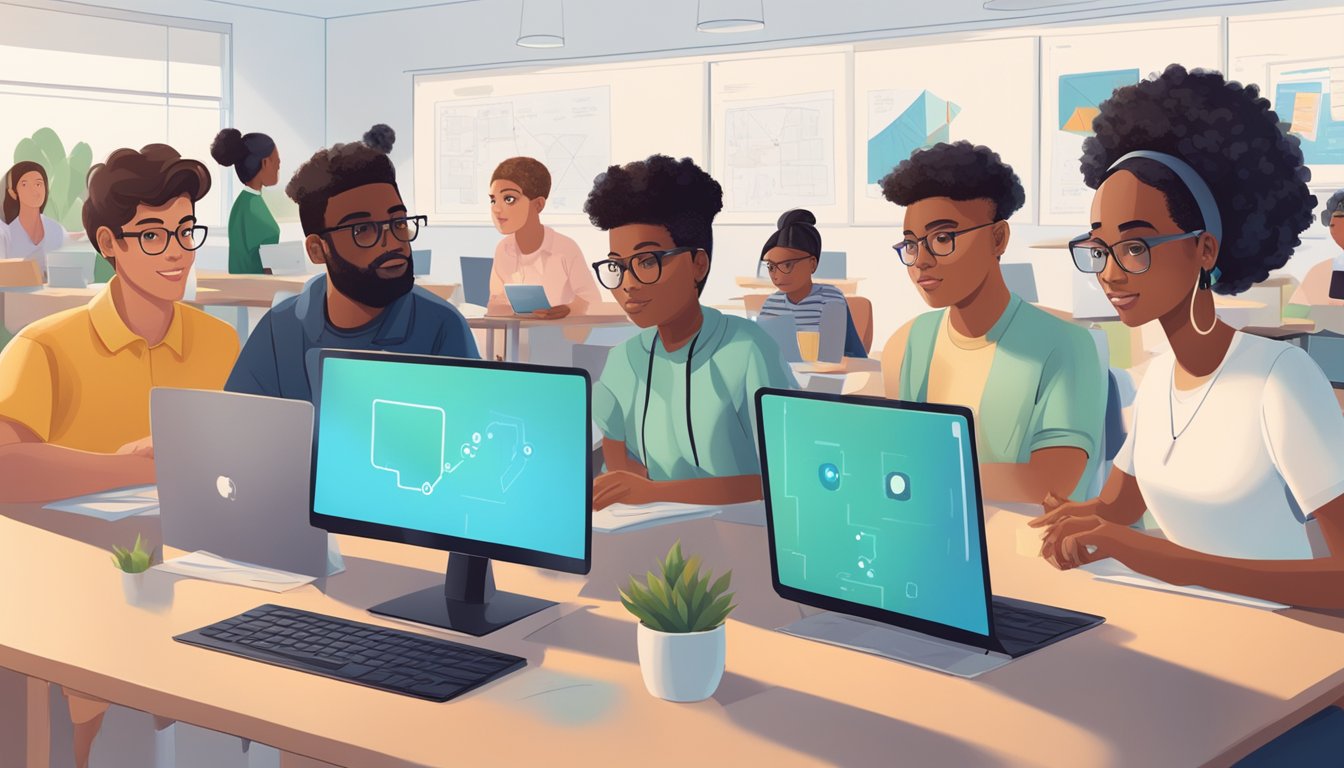
As you dive into the realm of AI in education, it’s crucial to wrap your head around the ethical considerations and equity issues. Imagine AI as a teacher’s assistant: it could either help level the playing field for all students or inadvertently give some an unfair advantage. Let’s unwrap this together!
Bias and Fairness in AI
Did you know that AI is only as fair as the data it’s trained on? It’s like baking a cake: if you put in sour milk, you’re going to get a less-than-yummy result. When it comes to AI in education, we have to ensure that the “ingredients” — the data, algorithms, and practices — are free from bias. A study highlighted in Ethical principles for artificial intelligence in education suggests that educators and developers need to be vigilant about the potential biases ingrained in AI. This vigilance helps maintain fairness and trust in these technological tools. One bad apple, or bias in this case, shouldn’t spoil the whole bunch.
Ensuring Equitable and Inclusive Education
Now, let’s talk about making sure that AI tools in education truly serve everyone. It’s like setting the table for dinner; we need to ensure that everyone has a seat and that they can reach the mashed potatoes. That’s where equitable and inclusive education comes in. An article from the Center for Teaching Innovation discusses Ethical AI for Teaching and Learning, emphasizing the need for AI to support diverse learning needs. By focusing on inclusive design and equitable access, AI can be harnessed to support learners from various backgrounds and abilities, ensuring no one is left behind.
The Role of Data in AI Education
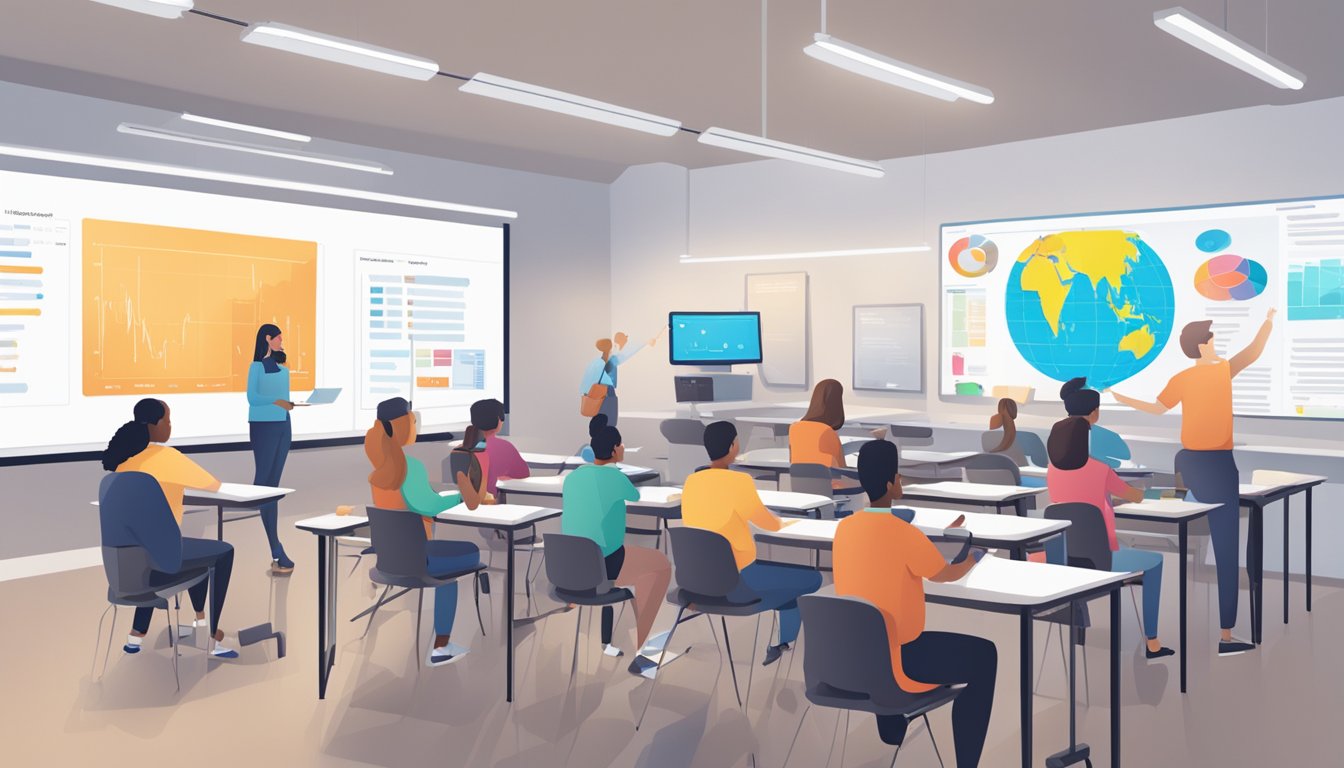
Hey there! Let’s talk about how essential data is in AI-enhanced learning. Imagine data as the fuel for a smart car; without it, the journey just doesn’t happen. In education, it’s no different. Data is crucial, but how we handle it and what we do with it makes all the difference.
Data Privacy and Security
You wouldn’t want your personal diary read out loud in the cafeteria, would you? Similarly, when it comes to data privacy in AI education platforms, it’s all about keeping that diary under lock and key. Schools and software developers must work hand in hand to protect your sensitive information. Here’s what’s going down:
- Encryption: Just like a secret code, data needs to be scrambled so unauthorized eyes can’t peek.
- Access Controls: Think of it as a VIP list; only people who really need to see your data should be able to.
But why all the fuss? Well, mishandled data can lead to identity theft or even bias in AI algorithms. It’s like mixing up the ingredients in a cake – you won’t get the tasty result you were expecting!
Data-Driven Decision Making in Education
Now, let’s chat about the exciting part – how data transforms into smart decisions! In a nutshell, data-driven decision making is about using all those numbers and facts to craft a killer education experience. Here’s the scoop:
- Spotting Trends: By analyzing data, educators can identify what’s working and what’s not. It’s like finding the secret ingredient that makes students go “Aha!”
- Personalized Learning: Imagine having a learning path tailored just for you, adjusting as you grow. That’s what data can do – it personalizes your education so it fits like a glove.
So, what’s the takeaway? Without data, AI can’t reach its full potential to make education a hit. And with the right privacy and security measures in place, it’s a game-changer for making informed decisions. Cheers to smarter learning! 🍎✨
Future Trends and Lifelong Learning
You’re entering an exciting era where emerging technologies in education combine with the growing need for lifelong learning. Ready to see what the future holds and how you’ll be continuously learning new skills?
Emerging Technologies in Education
Artificial Intelligence (AI) in education isn’t just a buzzword—it’s driving real change. Imagine software that adapts to your learning style, or virtual classrooms that give you a front-row seat from anywhere in the world. This isn’t just science fiction; as UNESCO discusses, governments are now surveying how AI can shape learning. This includes the ethics of AI in education and strategies to equip teachers with AI competencies.
- Customized Learning Paths: AI is crafting personalized education experiences.
- Virtual Reality (VR) & Augmented Reality (AR): These technologies are turning learning into an immersive adventure.
Preparing for a Future with AI
Getting ready for the future means embracing technology—don’t be left behind! Schools and other learning institutions are starting to rethink traditional education models, recognizing that learning must go beyond textbooks and classrooms.
- Developing strategies for AI in education.
- National programs focusing on upskilling teachers.
Continuous Learning and Skill Development
The journey of learning never really ends—especially with the rapid pace of technological advancements. To thrive in tomorrow’s world, you’ll need to commit to continuous learning. It’s all about, you guessed it, developing new skills and building upon old ones. Lifelong learning is the key to staying relevant in a fast-changing job market.
- Learning Societies: A future where learning is a lifelong pursuit.
- Skill Development: Focus on relevant, future-proof skills in demand.
Getting Involved with AI in Your Education
Ever wondered how AI can spice up your learning or teaching journey? There are bountiful resources and partnerships waiting, just for you to tap into—let’s explore how.
Resources and Communities for Educators
First off, you’re not alone. Dive into thriving online communities dedicated to AI in education. They’ll be your go-to for sharing ideas, finding inspiration, and getting support. Whether you’re a newbie or a seasoned pro, these are valuable:
- Webinars and Workshops: Keep an eye out for AI-focused professional development sessions.
- Forums and Discussion Boards: Here, questions are the new currency. Ask away and learn from global peers.
- Curriculum Guides: Get your hands on structured AI teaching resources, designed to kickstart AI integration in your curricula.
AI Partnerships and Collaborations
Think of partnerships like a power-up in your favorite game—they boost your capabilities. Universities and tech companies are always on the lookout to collaborate with schools and educators. Here’s how you can be part of this:
- Joint Research Projects: Team up with AI experts on projects that can shape the future of education.
- Pilot Programs: Test the waters with AI tools in your classroom and provide valuable feedback to developers.
Remember, diving into AI in education is a journey best enjoyed with friends. So partner up, join communities, and start transforming your educational experiences today!
Frequently Asked Questions
Curious about how AI is revolutionizing education? Let’s dive into some of the most common queries out there!
What innovative tools are educators using to integrate AI into their classrooms?
Educators are exploring innovative AI tools like adaptive learning platforms that tailor the difficulty of materials to match a student’s proficiency. They are also using AI-driven analytics to monitor student engagement and performance, enhancing personalized education.
How are students benefiting from AI-driven educational websites in their learning journey?
Students are finding that AI-driven educational websites provide interactive and personalized learning experiences. Through features like instant feedback and intelligent tutoring systems, they are able to grasp complex concepts at their own pace and receive support tailored to their specific learning needs.
Can you showcase some real-world examples where AI has enhanced the educational experience?
Sure! In some schools, AI language learning applications help students practice speaking a new language with a virtual conversation partner. Elsewhere, AI systems analyze written work to offer suggestions for improvement, shaping a more interactive and supportive learning environment.
What are the main benefits and potential drawbacks of implementing AI in educational settings?
The main benefits include personalized learning, efficient assessment, and accessibility. However, potential drawbacks such as the lack of updated information in some AI tools and issues around data privacy raise important concerns for educators and students alike.
In what ways could AI shape the future landscape of education?
AI is predicted to provide even more personalized learning paths, automate administrative tasks to free up teacher time, and facilitate global classrooms without language barriers. It could also help in identifying and supporting students with learning disabilities through early detection and intervention strategies.
How is artificial intelligence transforming the roles and responsibilities of teachers in modern education?
Artificial intelligence is transforming teachers into facilitators of learning rather than just providers of information. It’s shifting their roles towards mentoring and providing emotional support, as they use AI to track student progress and tailor their teaching to individual needs. Teachers are also becoming more crucial as guides in helping students navigate digital ethics and data literacy.

